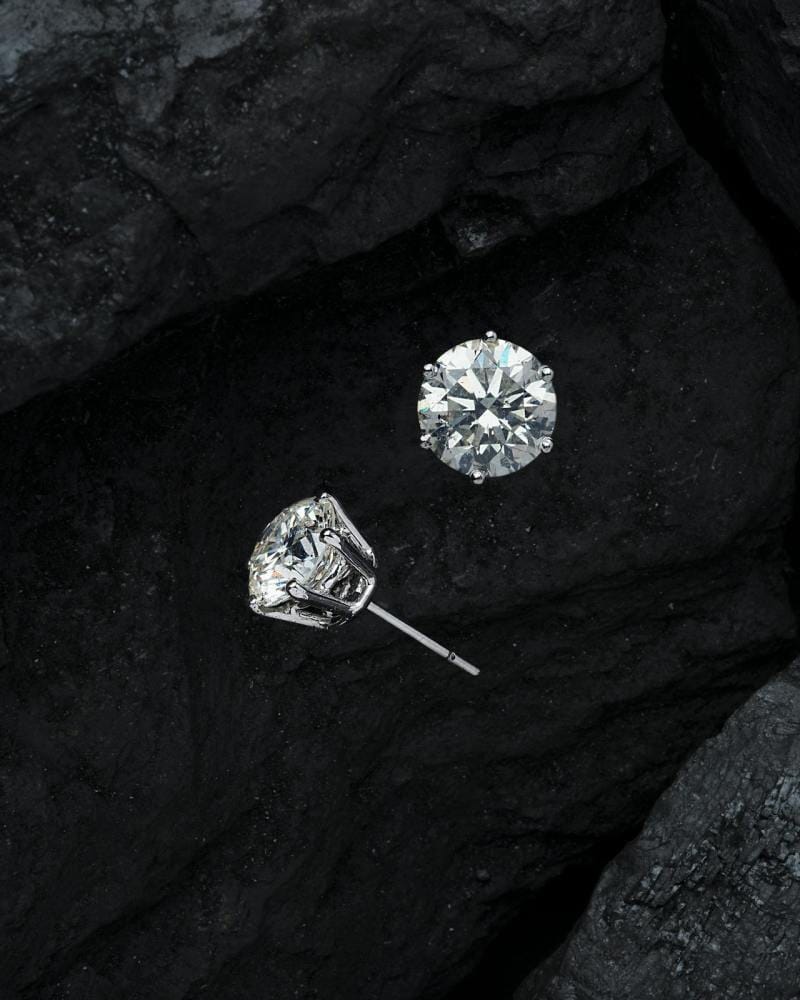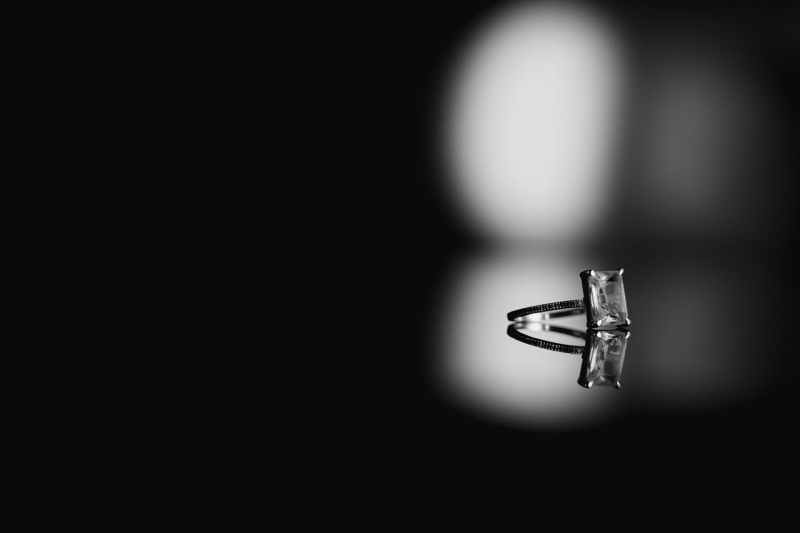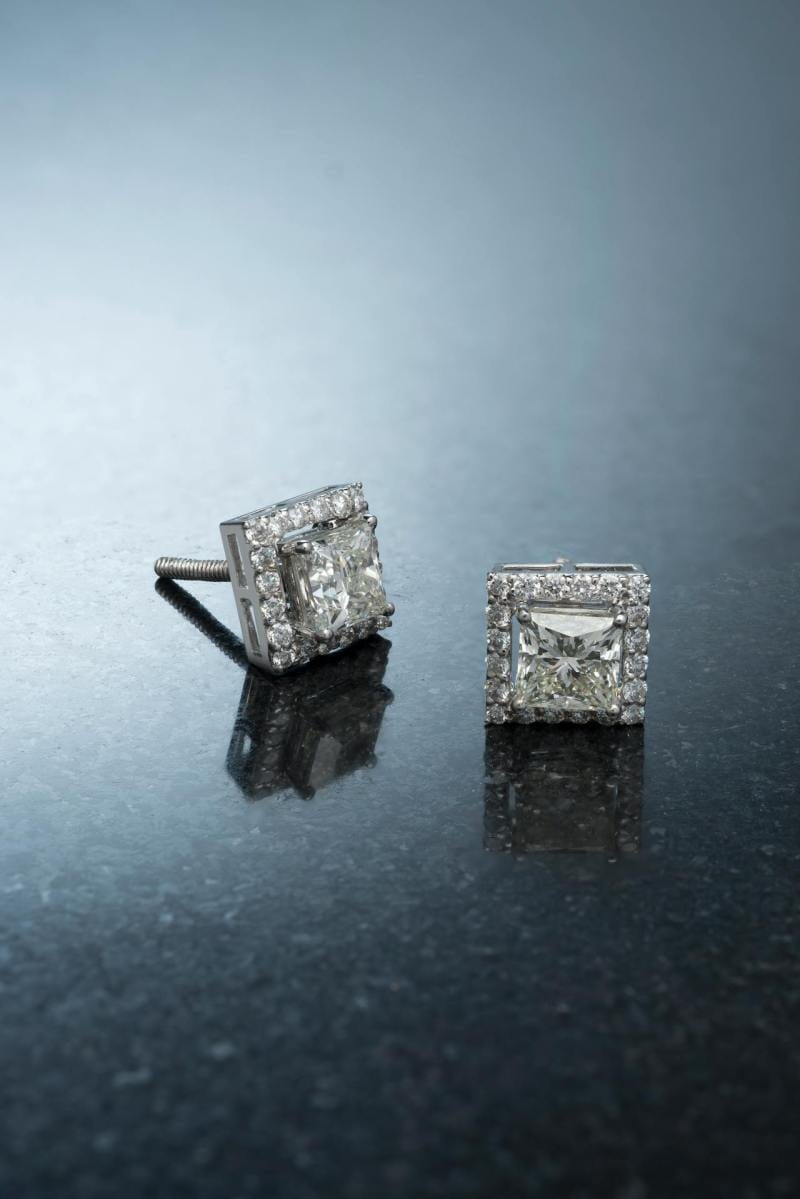The demand for diamonds has existed for centuries, with natural diamonds symbolizing wealth, love, and commitment. However, traditional diamond mining has significant environmental and ethical concerns, leading consumers to seek sustainable alternatives.
One such solution is Lab Grown Diamond Engagement Rings, a revolutionary alternative that reduces the environmental impact while maintaining the beauty and value of natural diamonds.
In this article, we will explore how lab-grown diamonds are a more sustainable choice and why they are gaining popularity among conscious consumers.

What Are Lab-Grown Diamonds?
Lab-grown diamonds, also known as synthetic, cultured, or man-made diamonds, are created using advanced technology that replicates the conditions under which natural diamonds form in the earth. These diamonds are chemically, physically, and optically identical to mined diamonds.
There are two main processes used to create lab-grown diamonds:
High Pressure High Temperature (HPHT): Mimics the natural diamond formation process using high pressure and heat.
Chemical Vapor Deposition (CVD): Grows diamonds from carbon-rich gas in a controlled environment.
Both methods result in real diamonds, not imitations like cubic zirconia or moissanite—making them an ethical and sustainable choice.

The Environmental Impact of Diamond Mining
Traditional diamond mining has a massive ecological footprint, causing significant environmental damage. Here’s how:
Deforestation and Land Degradation
Diamond mines require large-scale excavation, destroying ecosystems, forests, and wildlife habitats.
Open-pit mining can turn lush landscapes into barren wastelands.
Soil erosion and deforestation lead to loss of biodiversity.
High Carbon Emissions
Mining operations rely heavily on diesel-powered machinery, contributing to greenhouse gas emissions.
The transportation and processing of mined diamonds require extensive energy, further increasing the carbon footprint.
Water Pollution and Excessive Usage
Mining operations consume vast amounts of freshwater, often depleting local water sources.
Toxic chemicals and waste from mining can contaminate rivers and groundwater, affecting communities and aquatic life.
Harmful Byproducts and Waste
Mining generates tons of waste rock, sometimes containing harmful substances like mercury and arsenic.
Acid mine drainage can pollute soil and water, posing long-term environmental hazards.
Considering these factors, it is clear why lab-grown diamonds are a more sustainable alternative.

How Lab-Grown Diamonds Reduce Environmental Impact
Lab-grown diamonds eliminate many of the environmental risks associated with traditional mining. Here’s how they make a positive impact:
No Land Disruption or Deforestation
Since lab-grown diamonds are created in controlled environments, there is no need for excavation or deforestation.
They do not displace wildlife or destroy natural ecosystems.
Lower Carbon Footprint
Producing a lab-grown diamond emits up to 60% less carbon dioxide than mining a natural diamond.
Many labs use renewable energy sources to power production, further reducing emissions.
Minimal Water Usage
While diamond mining can use over 480 liters of water per carat, lab-grown diamonds require just 70 liters per carat.
With less wastewater and no chemical contamination, lab-grown diamonds help conserve precious freshwater resources.
Reduced Energy Consumption
Although lab-created diamonds require energy, technological advancements make the process far more efficient than mining.
Some labs rely on solar and wind energy, making the process even more sustainable.
No Toxic Waste or Pollution
The production process does not release harmful pollutants into the air, water, or soil.
There is no risk of acid mine drainage or chemical contamination.

Ethical and Social Benefits
Beyond the environmental advantages, lab-grown diamonds also contribute to a more ethical diamond industry.
No Exploitative Labor
Traditional diamond mining is often linked to child labor, unfair wages, and hazardous working conditions.
Lab-grown diamonds are produced in safe, regulated environments, ensuring fair labor practices.
Conflict-Free Diamonds
Blood diamonds or conflict diamonds have historically fueled wars, violence, and exploitation in certain regions.
Lab-grown diamonds are 100% conflict-free, allowing consumers to make an ethical choice.
The Growing Popularity of Lab-Grown Diamonds
As awareness about environmental and ethical concerns grows, more consumers are shifting toward sustainable luxury. Some key reasons for the rising demand for lab-grown diamonds include:
Affordability
Lab-grown diamonds are typically 30-40% cheaper than mined diamonds, making them a more budget-friendly option.
Customization and Quality
The controlled environment allows for fewer impurities and better clarity, resulting in high-quality diamonds.
Celebrity and Brand Endorsements
Many jewelers and brands are embracing lab-grown diamonds, making them more accessible.
Celebrities and influencers are advocating for sustainable jewelry, further driving the trend.
Are Lab-Grown Diamonds the Future?
With increasing environmental consciousness and technological advancements, lab-grown diamonds represent the future of sustainable luxury. They offer all the brilliance, beauty, and durability of natural diamonds, without the environmental and ethical concerns.
By choosing lab-grown diamonds, consumers can make a positive impact on the planet while still enjoying stunning, high-quality jewelry.
Final Thoughts
Lab-grown diamonds are redefining the jewelry industry, providing an ethical and eco-friendly alternative to mined diamonds. With their minimal environmental footprint, conflict-free origins, and affordability, they are becoming the preferred choice for sustainability-conscious consumers.
The post How Lab-Grown Diamonds Reduce Environmental Impact appeared first on Moss and Fog.
